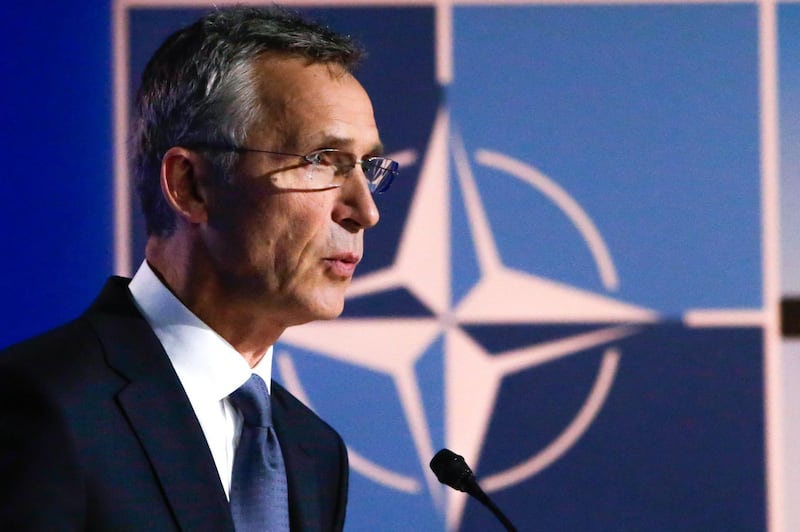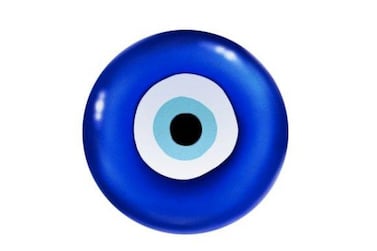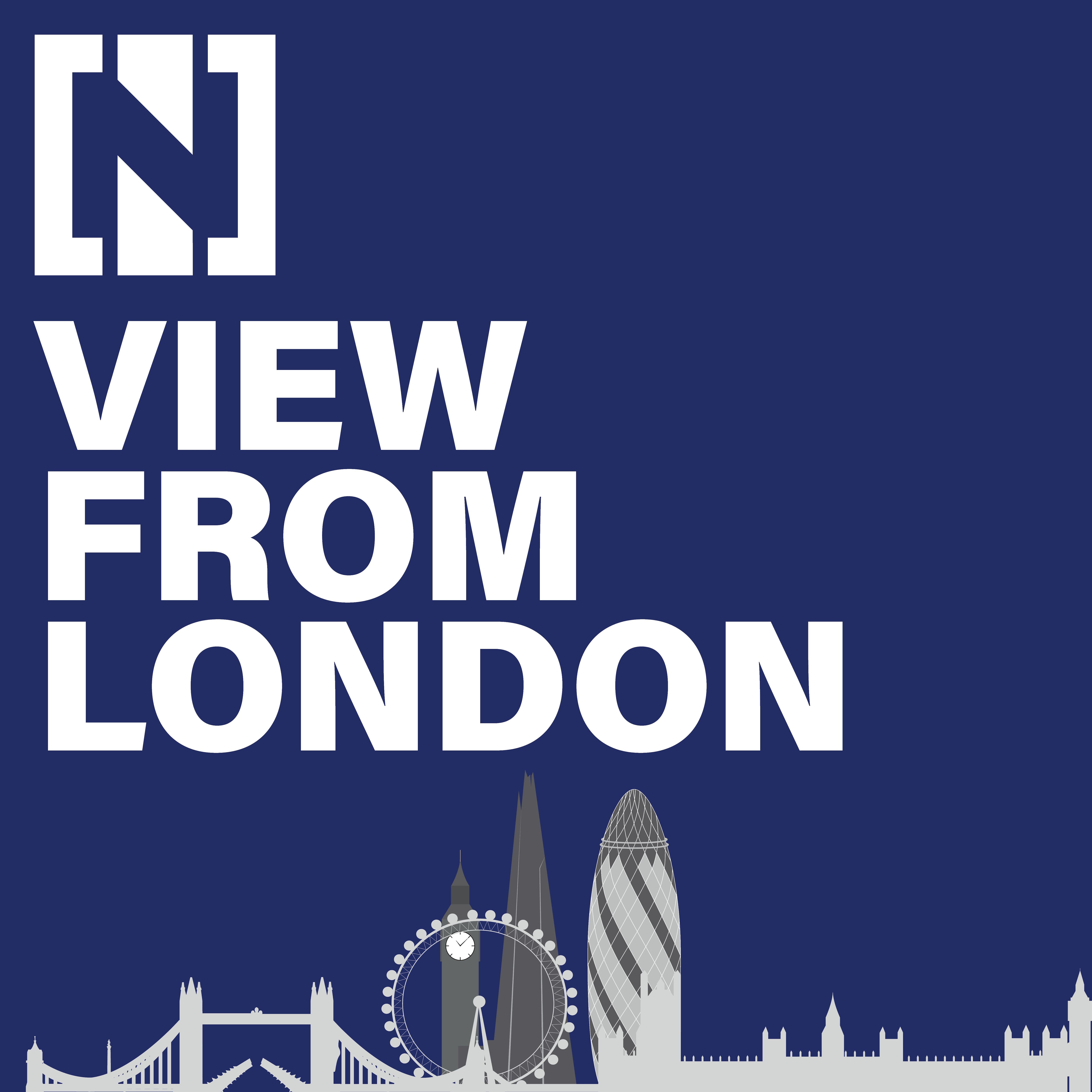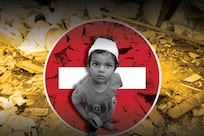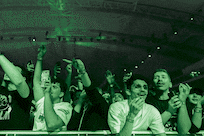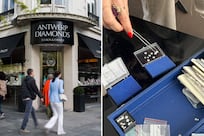Nato is the premier international military alliance boasting access to over 2 million men under arms and a military spend of $41 billion since 2016, yet it has fought a losing battle for one small objective – acquiring its own emoji.
Having first applied in 2017 but not yet secured a designation, the western alliance has redoubled its efforts to have the symbol by the time it celebrates its 70th anniversary this April.
Nato has petitioned Unicode Consortium, the governing authority on emojis that decides on new additions, to make a Nato flag emoji available.
The decision should be straight-forward, because the organisation's distinctive flag of an encircled pointed star on a blue background is well established.
The consortium is not interested unless the alliance can prove it has got a strong following. Consortium chairman Mark Davis said on Twitter that Nato should “gather evidence that it would be a popular emoji”.
Press officer Dylan White subsequently set up a Twitter poll over the weekend to assess how popular a Nato flag emoji would be. So far, the poll has racked up more than 4,500 votes with the majority of voters suggesting that they would use a Nato emoji.
“Nato’s flag dates back to 1953, and thousands of women & men serve under it from Kosovo to Afghanistan & Iraq. There are black & white flag emojis, one for Antarctica ... even a pirate flag. When is it #Nato's turn?” said Mr White.
Georgia President Salome Zourabichvili appeared to back the idea after her official Twitter account “liked” Nato’s suggestion.
The European Union has had its blue-and-yellow star flag in emoji form since 2015.
The United Nations had its flag approved by Unicode last year.
According to Unicode rules, proposals for new emojis are measured by their expected usage and how similar emojis compare.
"The most comparable ones to the Nato flag [the EU and UN flags], have very low usage," Mr Davis said.
Over 980 public requests have been made to the emoji committee.
Declined ideas for emojis include Italian beef, gender pay gap and extinct animals such has the dodo and mammoths.
Nato was formed on April 4, 1949 by the US, Canada and 10 European countries including the UK, France and Italy as a bulwark against Soviet power after the end of the Second World War.
